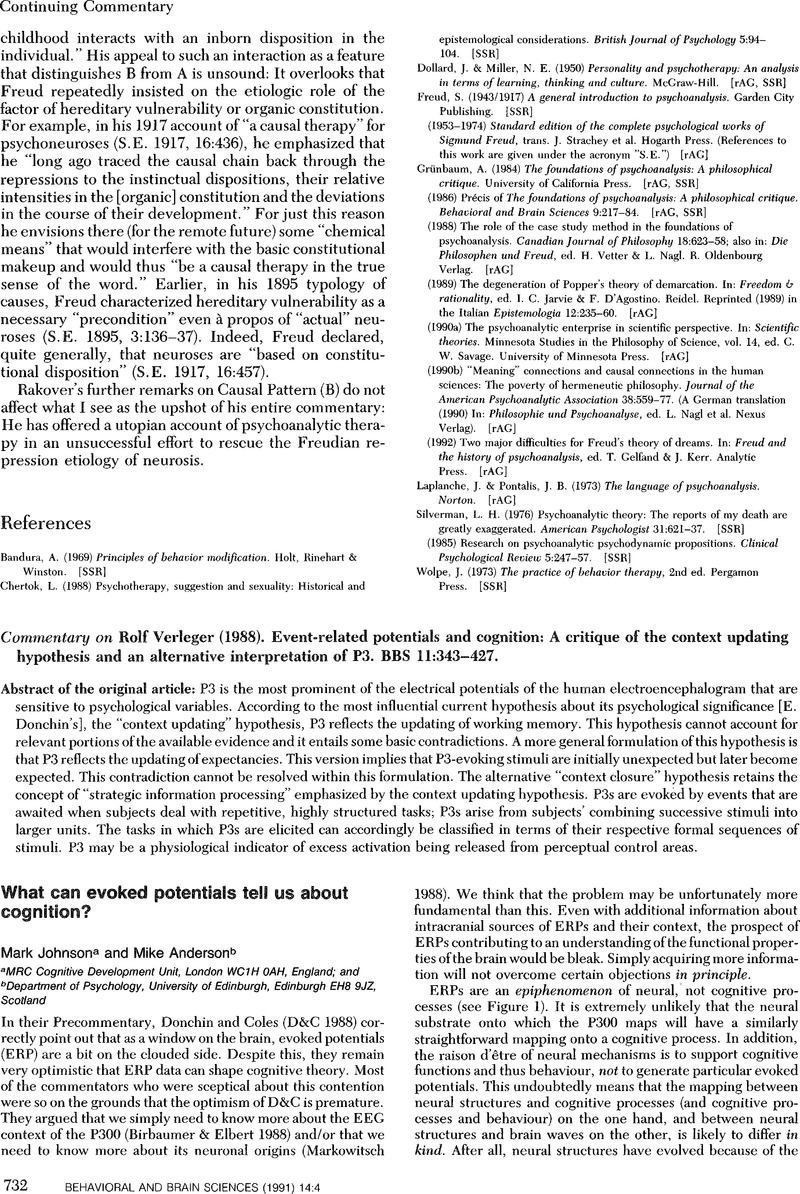Crossref Citations
This article has been cited by the following publications. This list is generated based on data provided by Crossref.
Wang, W. Y.
Hu, L.
Valentini, E.
Xie, X. B.
Cui, H. Y.
and
Hu, Y.
2012.
Dynamic characteristics of multisensory facilitation and inhibition.
Cognitive Neurodynamics,
Vol. 6,
Issue. 5,
p.
409.



